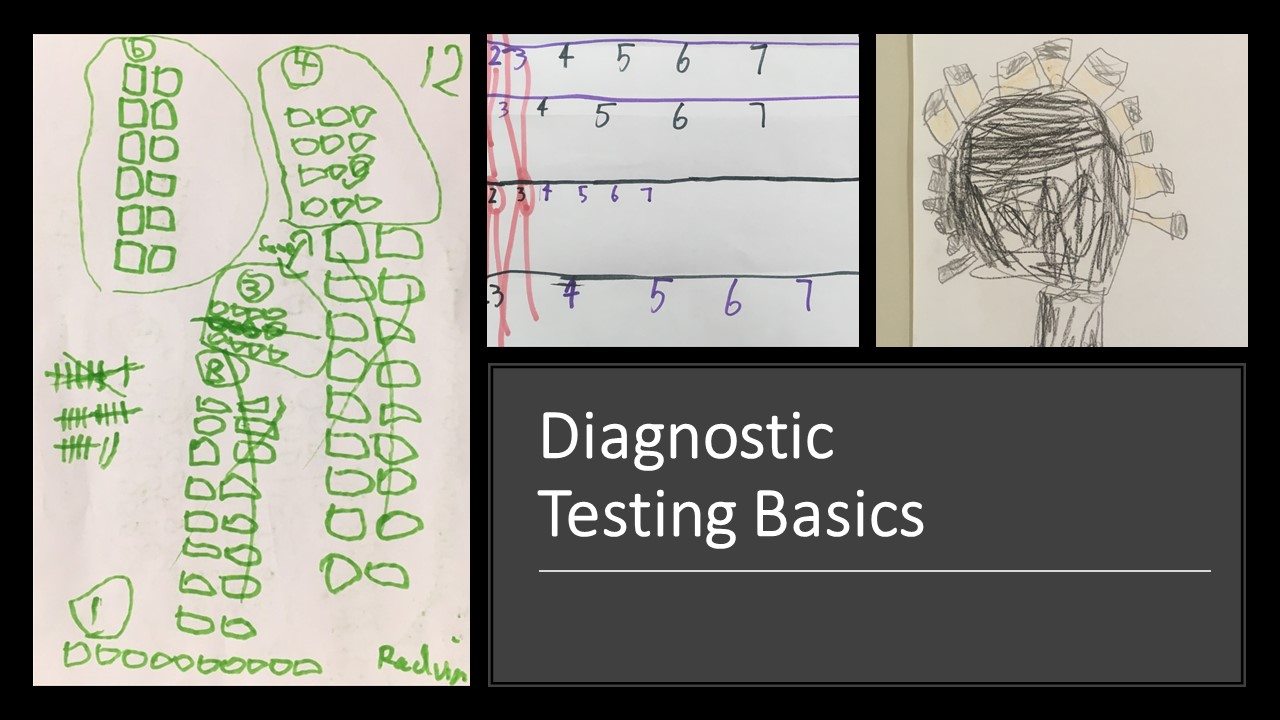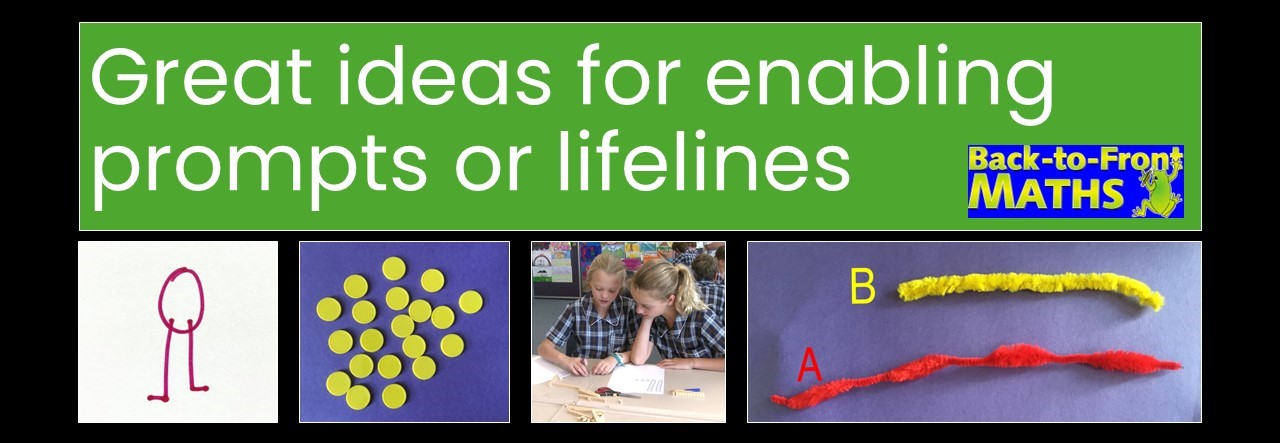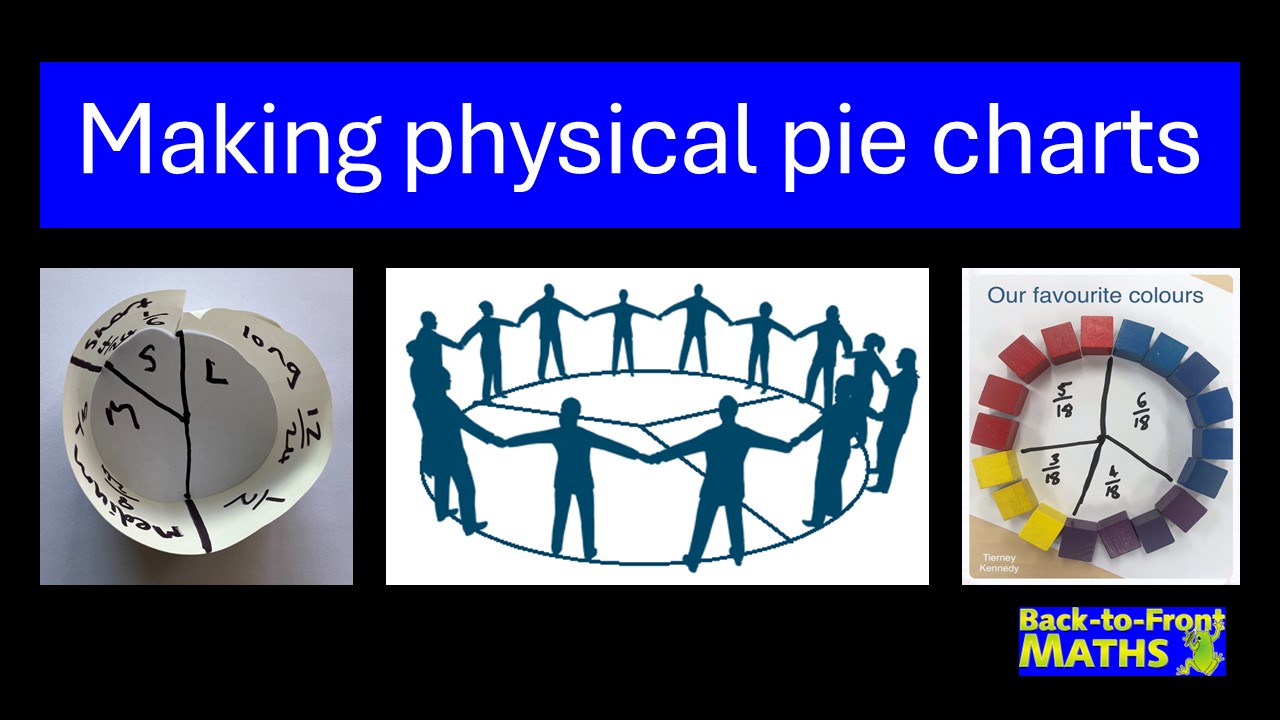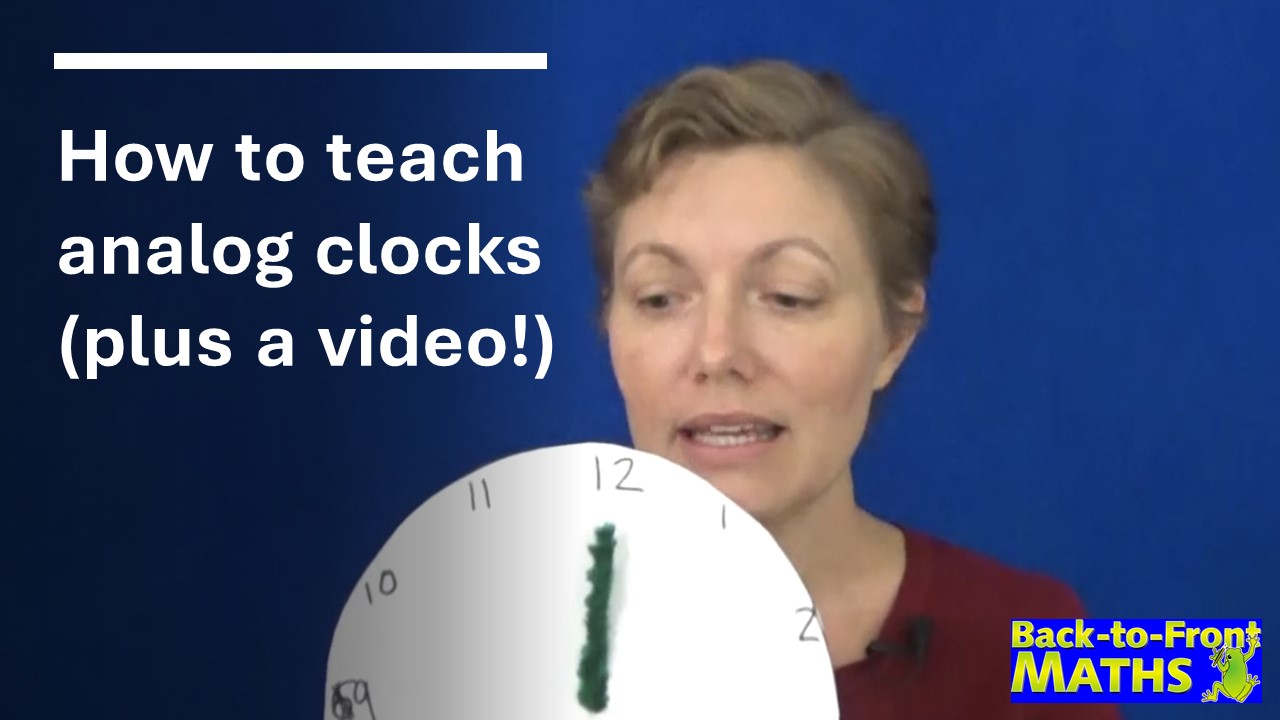
Formative assessment, developmental stages and starting the year well
The goal of formative assessment should always be to find out what each student NEEDS next, rather than focusing
By Tierney Kennedy
Good assessment takes time. It is important to make sure that your grading decisions are not made on the basis of only one or two measures, but on the clear progress of a student over time. Sometimes this requirement can make it tricky to fit everything in. Here is a simple schedule that I recommend schools adapt to suit their needs.
Item 1: Problem-based journal (most weeks)
When introducing a new concept to your class have the kids use their journals or scrap books to try completing a problem first. This will enable you to diagnose any problems in their understanding at the start, as well as encouraging them to think through the concepts and realise what they don’t yet know. Each lesson, aim to observe 5 students, making notes on their journals about the Problem-Solving, Reasoning and Understanding that each student displays. For a great example of how to use this, check out the Free Trial at www.backtofrontmaths.com.au.
During each semester you should therefore have observed each student on multiple occasions. Towards the end of the semester, examine each student’s work and decide if you have enough evidence to grade the student or if you need more observations. This will allow you time to focus on particular students over the last few weeks of term if needed. Use the criteria sheet that comes with the free trial activities as a way of grading these.
Item 2: Moderating task (once per semester)
Towards the end of the semester, consider using one of the Moderating Tasks from www.backtofrontmaths.com.au to make sure that you are consistently applying the proficiency strands across your school.
Item 3: Fluency assessment (a few times each term)
As you complete each unit of work, make sure that your students have retained what you have taught them by examining their Fluency. This might be a test with mostly routine questions, where students are able to choose from their bank of known strategies to answer the questions. It might also be a check list that you tick off as you observe the student in class or other informal measures. If you are from a State School in QLD then the C2C assessments mostly fit into this category.
Item 4: Possible investigation (once or twice per semester, as useful)
Investigations are a great inclusion in any assessment schedule once you have the first three items happening regularly. These add real-life purpose to the maths that students are learning as well giving you an opportunity to differentiate very easily for different learners. When using investigations, start small as they often tend to spiral out of control and can take an enormous amount of time. There are some great tasks that you could adapt on the Back-to-Front Maths website.
Weekly: formally observe at least 5 students completing their journal problem and make notes in their journals. Keep track to make sure that you are observing different students and to ensure that everyone is observed on multiple occasions throughout the semester. You will probably find that you end up observing more students as time goes on and you know what to look for more clearly.
Monthly: assess Fluency from what you have been teaching as well as the students’ application of mathematics to simple problems (checklist, test, formal observation)
Semesterly: moderate across classes to ensure consistency – use a moderating task or investigation to make sure that your judgements use all proficiency strands, not just content
Once you have collected all of your evidence, put all of these judgements together to come up with a final grade for each student using the achievement standards and the proficiency strands. Make sure that your judgement meets your criteria, rather than being an average of all of the grades – make a balanced judgement on the basis of a body of work that addresses multiple criteria. A student who is excellent at Fluency and answering routine-style questions but has shown very little Problem-Solving, Reasoning or Understanding should not be receiving a high grade.
When we are using criteria to assess it is really not about averaging at all, it is about meeting particular standards. What we need to look for is evidence for each criteria, rather than marks from different pieces. Instead of trying to average your student marks, try looking at which criteria each assessment item met.
For example, your test might meet the Fluency and Reasoning proficiencies, the investigation would probably meet the Reasoning and Understanding proficiencies quite well and possibly also meet some Fluency requirements whereas your thinking journal is more likely to be about Problem-Solving, Reasoning and Understanding.
Across all of these items, put the Fluency marks together to come up with one Fluency grade, the Understanding marks together to come up with one Understanding grade etc. Then take a good look at the whole of the student work and which criteria have been met. Which grade does your evidence best support? That is the final grade to give your student on their report card.

The goal of formative assessment should always be to find out what each student NEEDS next, rather than focusing
Recently I’ve been pondering findings from a major report into Australian schooling that kids who are struggling in maths by

Enabling prompts or life lines are a fantastic way of helping students who are stuck to get started. They do not reduce

Pie charts are an awesome way of linking statistics, fractions and angles, however they can often be difficult for students

While it may sound counter-intuitive, the easiest way to learn to tell the time is to remove the minute hand
Hundreds charts are great for connecting tens and ones. Why not turn one into a jigsaw puzzle to use in

KENNEDY PRESS PTY LTD
FOR ALL ENQUIRIES, ORDERS AND TO ARRANGE PD:
© COPYRIGHT 2023 KENNEDY PRESS PTY LTD ALL RIGHTS RESERVED TERMS & CONDITIONS